
Over 10 million adults in the UK alone are affected by arthritis and musculoskeletal conditions making it extremely difficult to even do basic household activities as they get older. Regular home appliances are not always designed keeping in mind the independence of our aging generations and cleaning is a tedious task for those who are in pain with the slightest movement. Vacuuming causes wrist ache, back pain and is heavy to push around – Vivo aims to solve this problem with a concept vacuum cleaner built on the ethos of inclusive design.
Its ergonomic build reduces load and strain on the user. The two handles were specifically put in to reduce the force required when pushing the vacuum – it enables the person to use hands, arms, and even their body weight as they will be standing right behind the machine. It includes two brushes, the forward brush dislodges the dirt and the rear brush sweeps it, effectively reducing the “push-pull” into just one push for cleaning.
The Vivo Vac will automatically charge when put back on the dock. It also solves the issue of taking the debris out – once docked, the dust hole on the dock aligns itself with the dust deposit hole on the vacuum and the dust from the device is sucked into a bag inside the dock. The dust bag container is up high on the device so there is no need for bending and it works for several sessions before needing a replacement. I am truly hoping this concept vacuum cleaner is a real product soon because inclusive design has the power to gift independence.
Designer: Alex Worthington











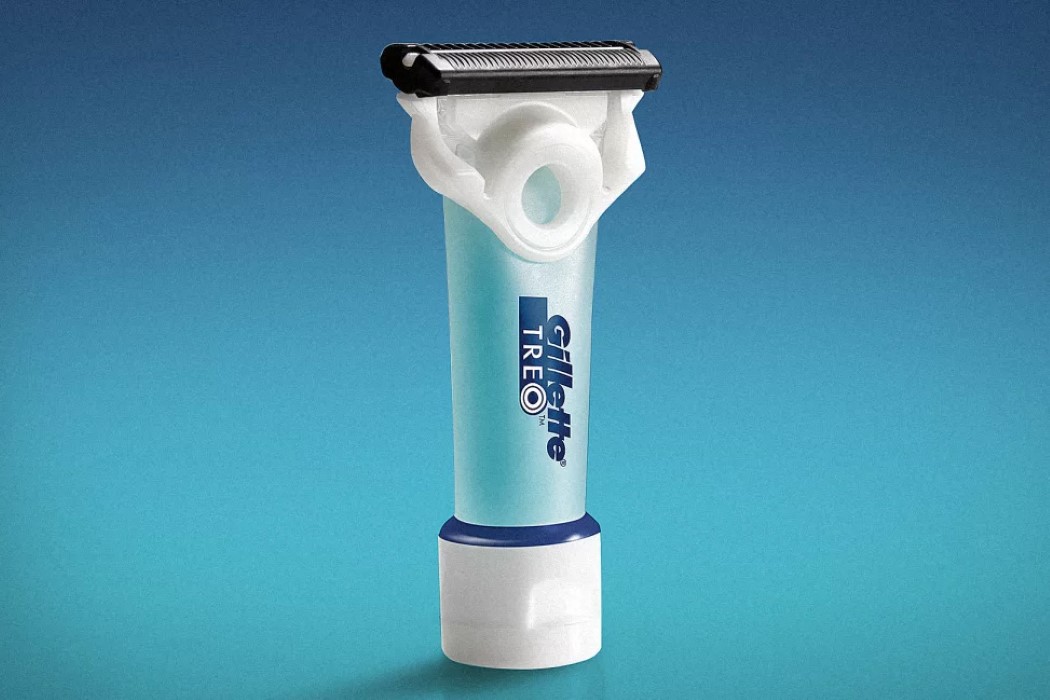
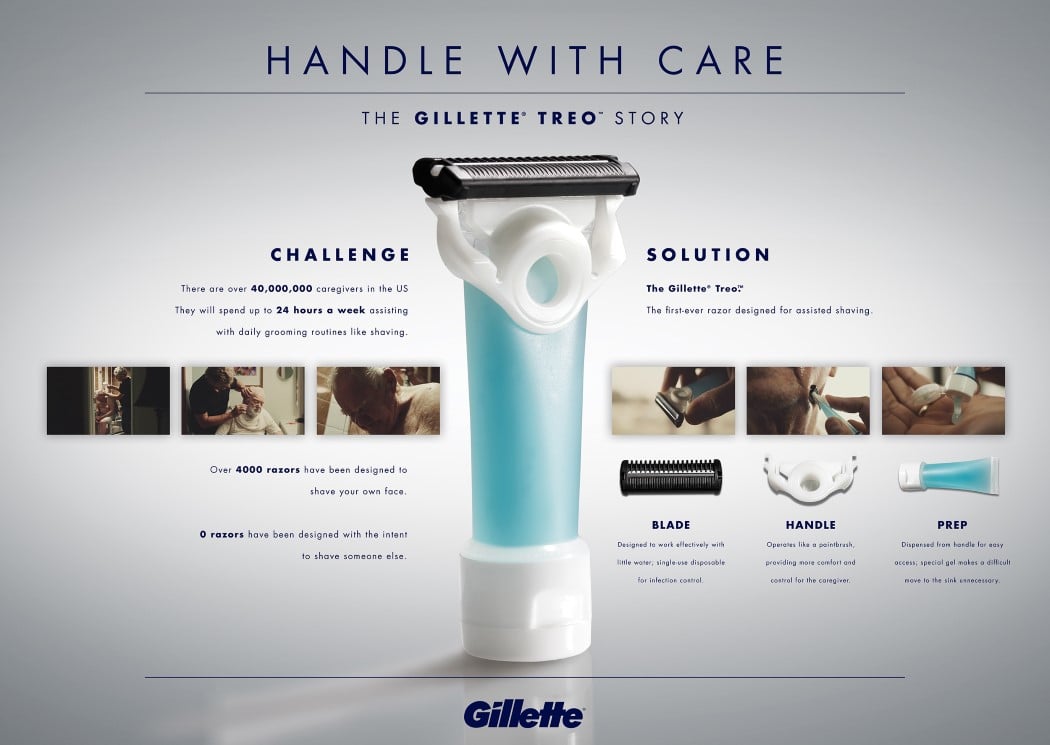
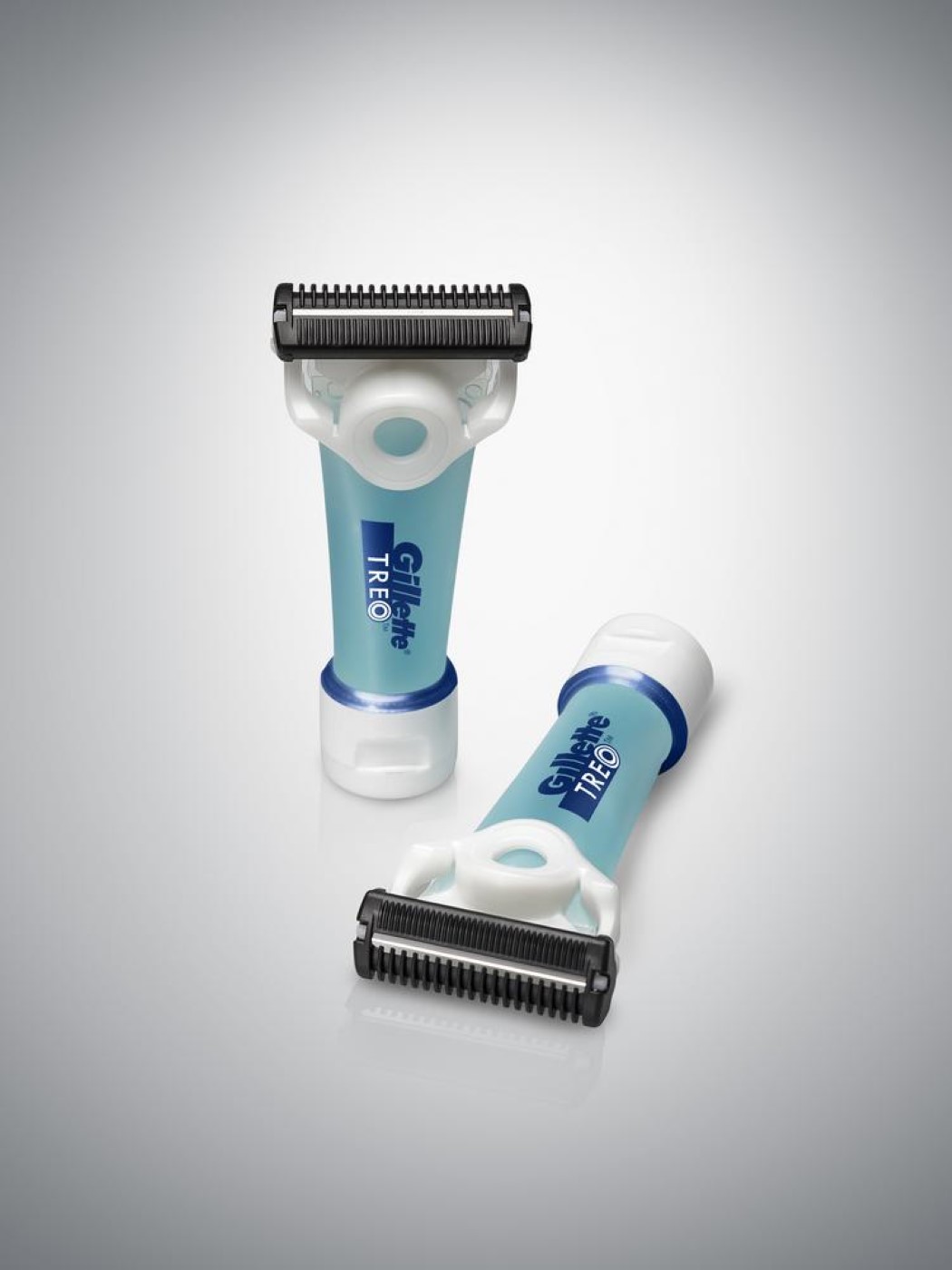
 You don't need exotic radar, infrared or elaborate mesh networks to spot people through walls -- all you need are some easily detectable wireless signals and a dash of AI. Researchers at MIT CSAIL have developed a system (RF-Pose) that uses a neural...
You don't need exotic radar, infrared or elaborate mesh networks to spot people through walls -- all you need are some easily detectable wireless signals and a dash of AI. Researchers at MIT CSAIL have developed a system (RF-Pose) that uses a neural...

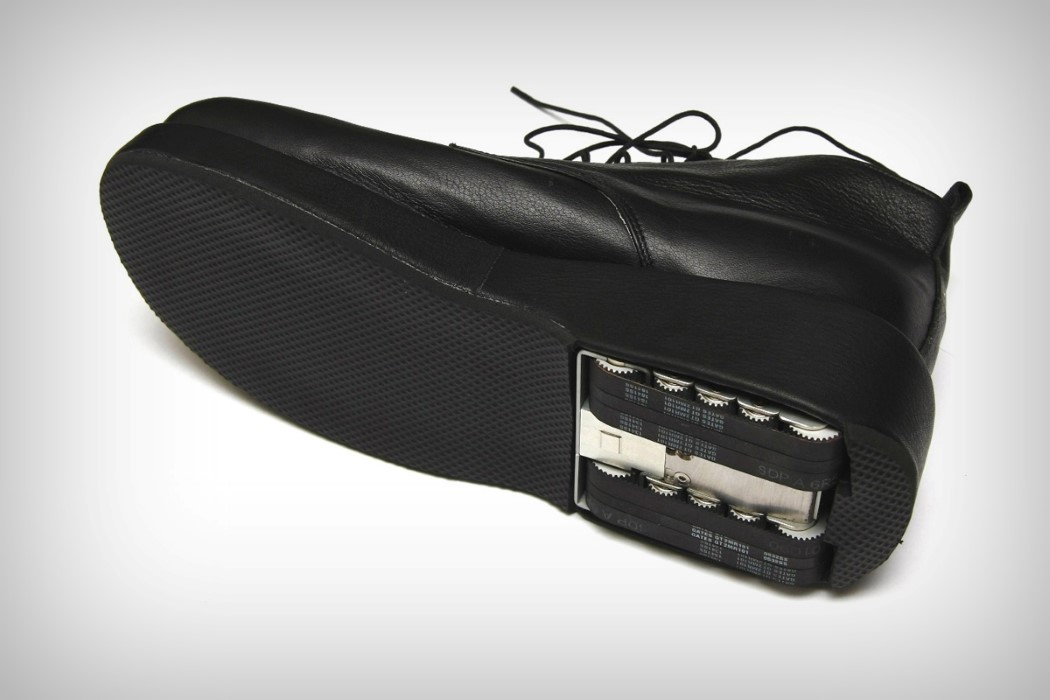
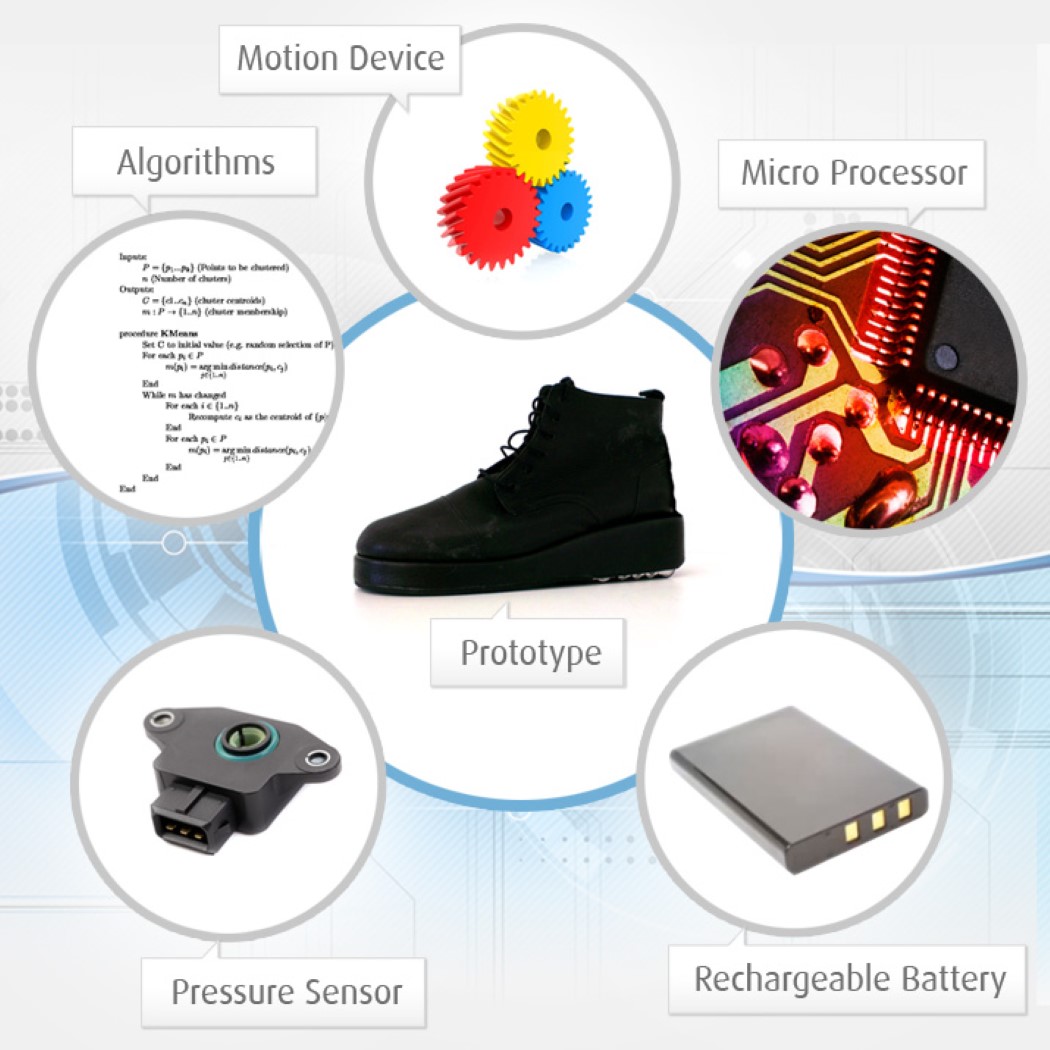
 For most people stairs are a minor inconvenience, but for those with mobility issues they're a nightmare. However, the tedious ascent is set to get a lot easier thanks to new "energy-recycling stairs" that are currently in the works. The idea is that...
For most people stairs are a minor inconvenience, but for those with mobility issues they're a nightmare. However, the tedious ascent is set to get a lot easier thanks to new "energy-recycling stairs" that are currently in the works. The idea is that...
 Singapore is pushing for businesses to develop an autonomous wheelchair that'll convey people around without instruction. The announcement came from Mark Lim, the official in charge of the country's digital services and commercial development divisio...
Singapore is pushing for businesses to develop an autonomous wheelchair that'll convey people around without instruction. The announcement came from Mark Lim, the official in charge of the country's digital services and commercial development divisio...
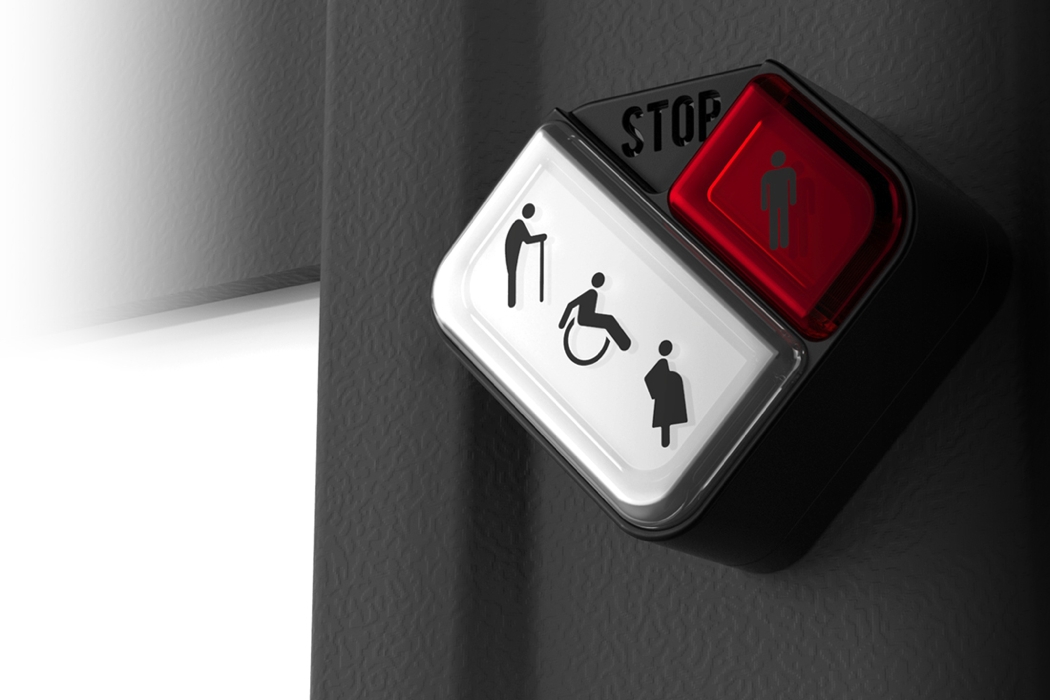
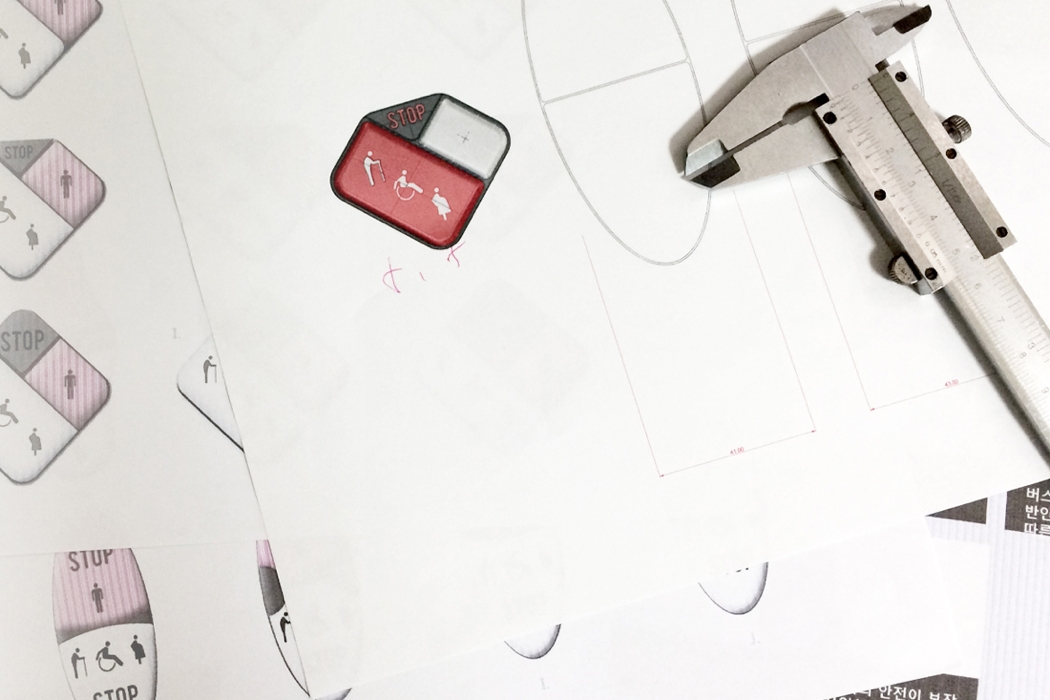
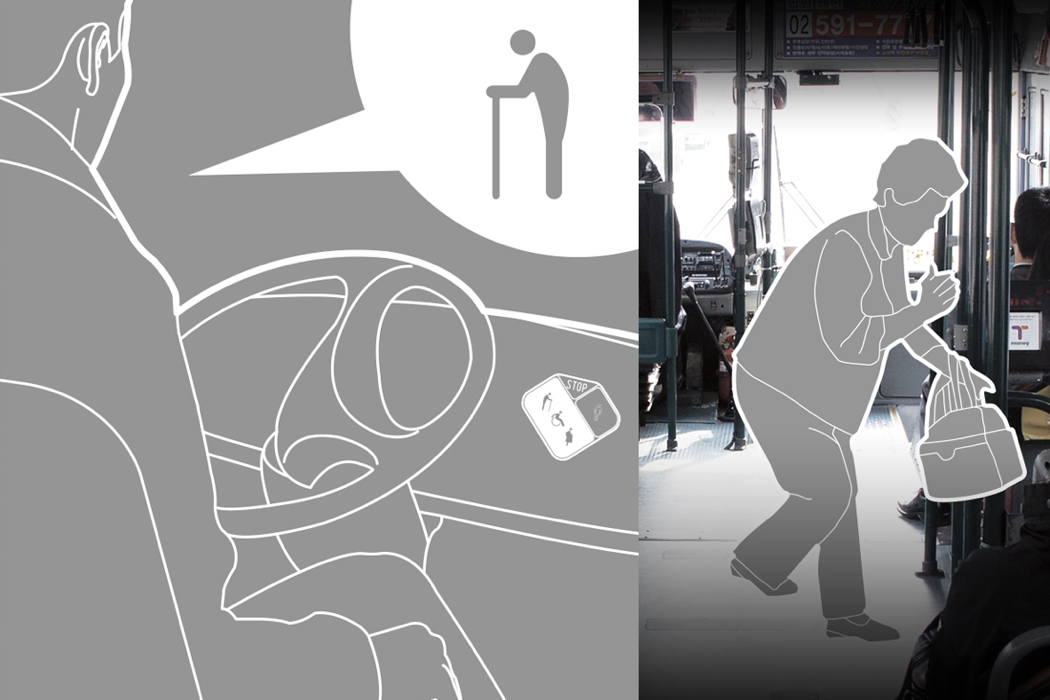
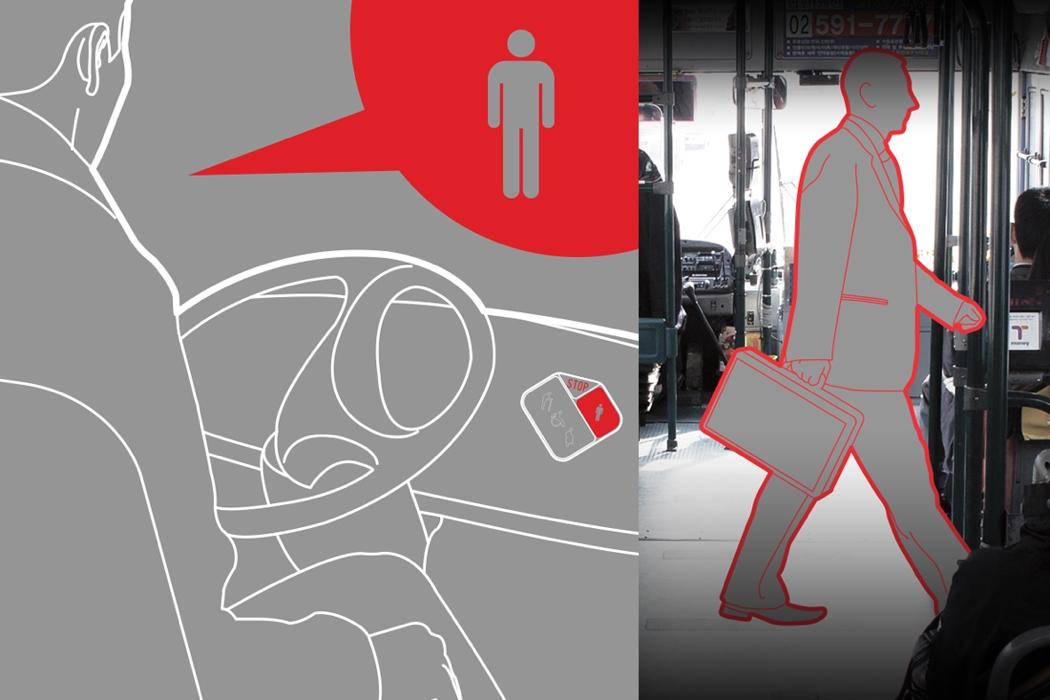
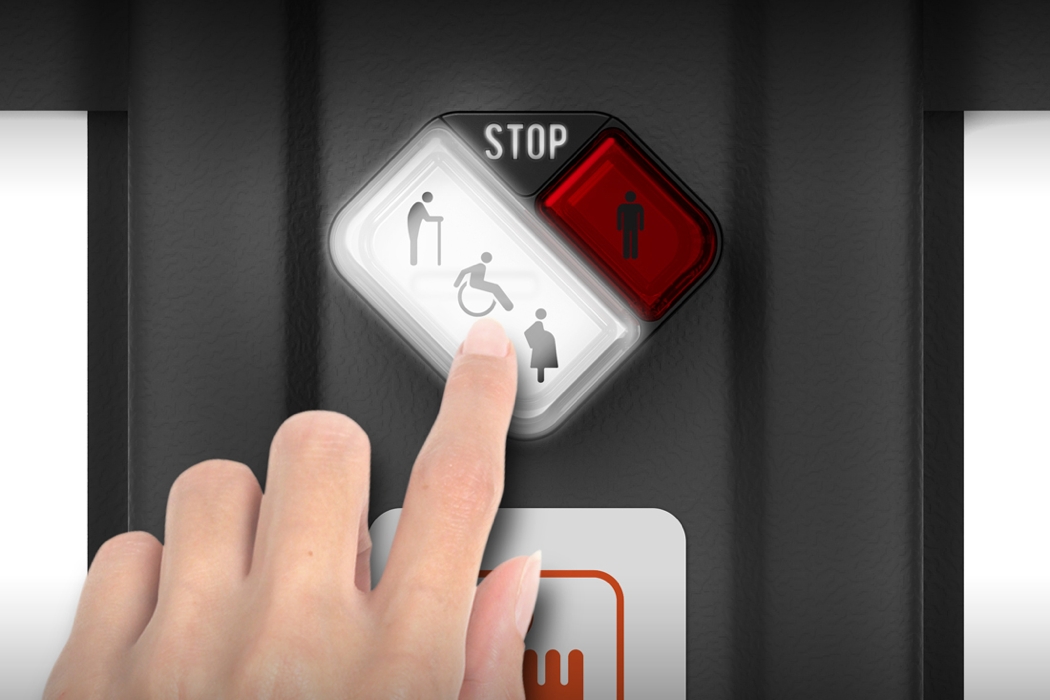
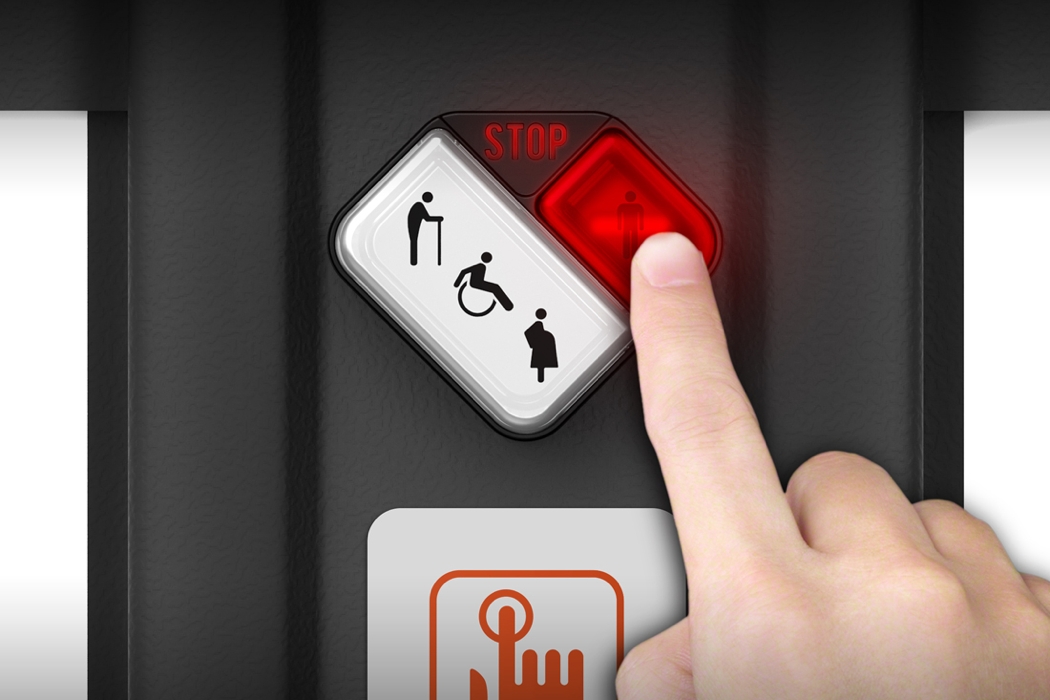
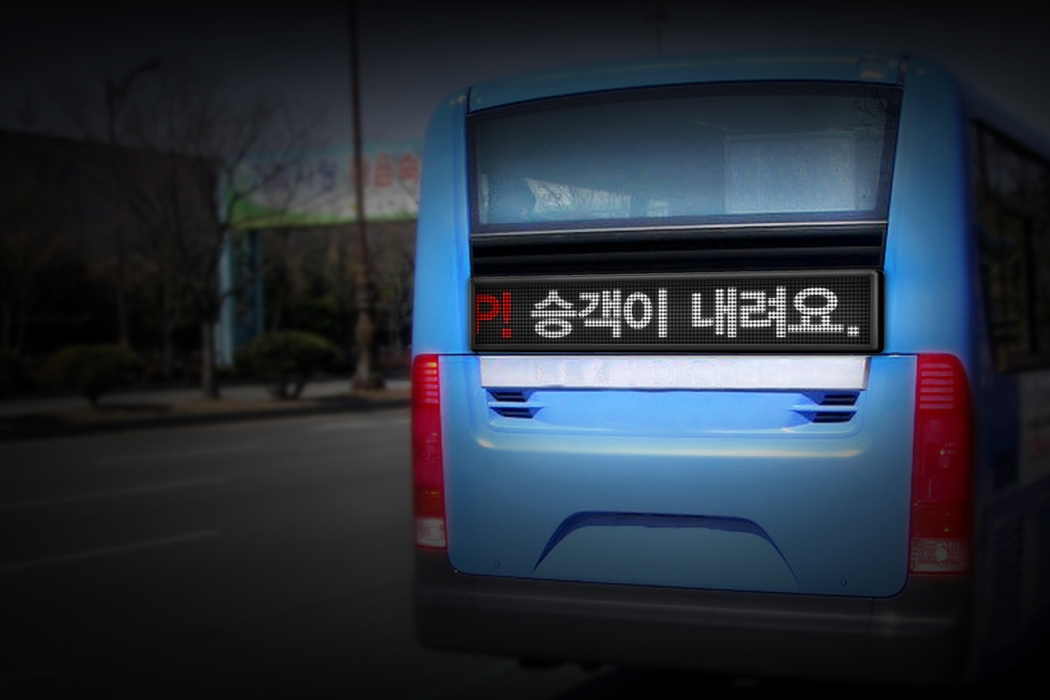
 Japan doesn't allow amateur drivers to offer rides, so Uber's had a rough time establishing itself in the country. But the nation's aging crisis might just provide the opportunity for the ride-sharing firm to gain a foothold, thanks to a quirk of the...
Japan doesn't allow amateur drivers to offer rides, so Uber's had a rough time establishing itself in the country. But the nation's aging crisis might just provide the opportunity for the ride-sharing firm to gain a foothold, thanks to a quirk of the...